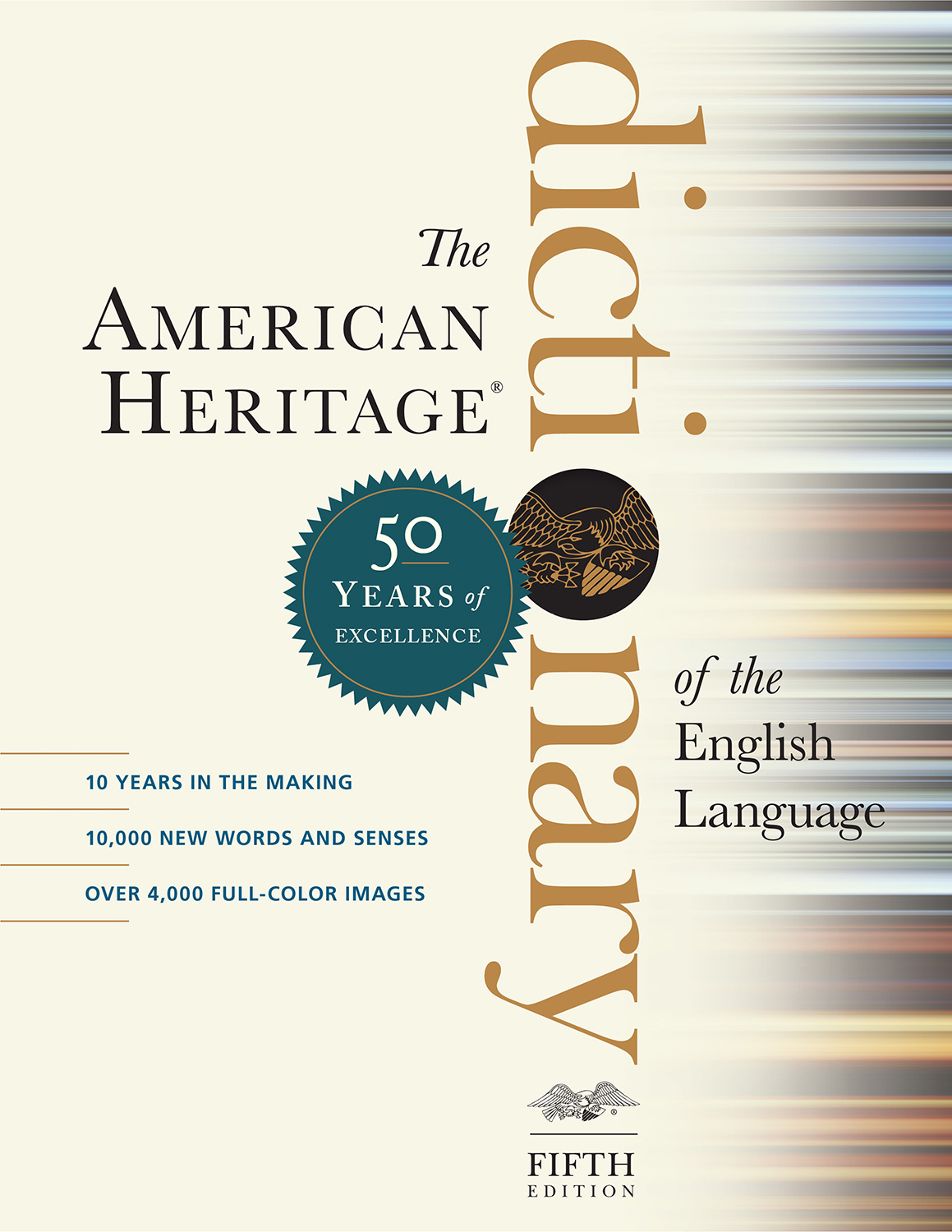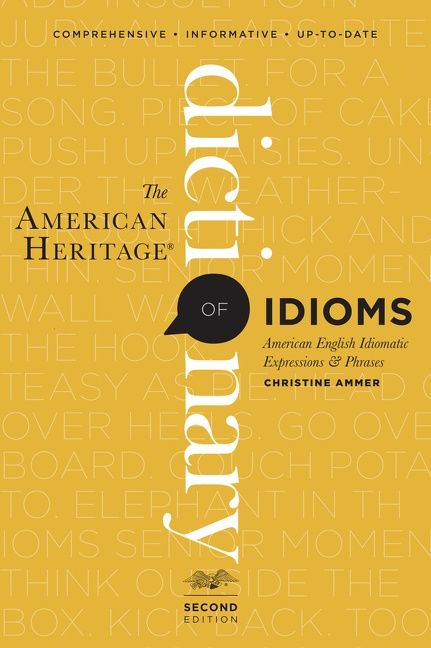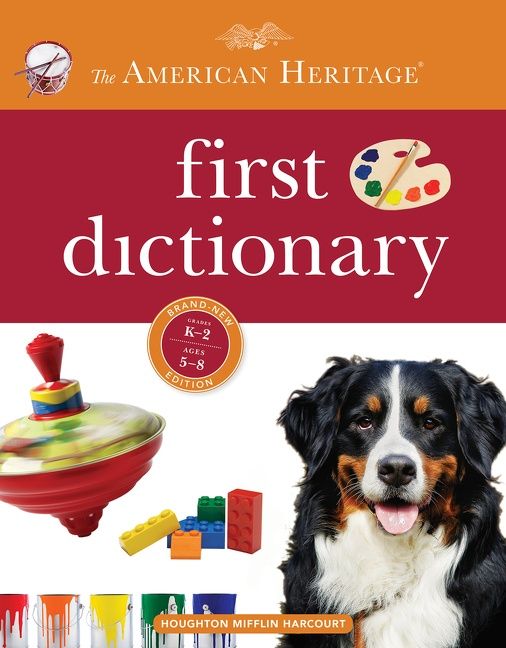n.1. a. The fluid consisting of plasma, blood cells, and platelets that is circulated by the heart through the vertebrate vascular system, carrying oxygen and nutrients to and waste materials away from all body tissues.
b. A similar fluid in animals other than vertebrates.
c. The juice or sap of certain plants.
2. A vital or animating force; lifeblood.
3. One of the four humors of ancient and medieval physiology, identified with the blood found in blood vessels, and thought to cause cheerfulness.
4. Bloodshed; murder.
5. Temperament or disposition: a person of hot blood and fiery temper.
6. a. Descent from a common ancestor; parental lineage.
b. Family relationship; kinship.
c. Descent from noble or royal lineage: a princess of the blood.
d. Recorded descent from purebred stock.
e. National or racial ancestry.
7. A dandy.
tr.v. blood·ed,
blood·ing,
bloods 1. To give (a hunting dog) its first taste of blood.
2. a. To subject (troops) to experience under fire: "The measure of an army is not known until it has been blooded" (Tom Clancy).
b. To initiate by subjecting to an unpleasant or difficult experience.







